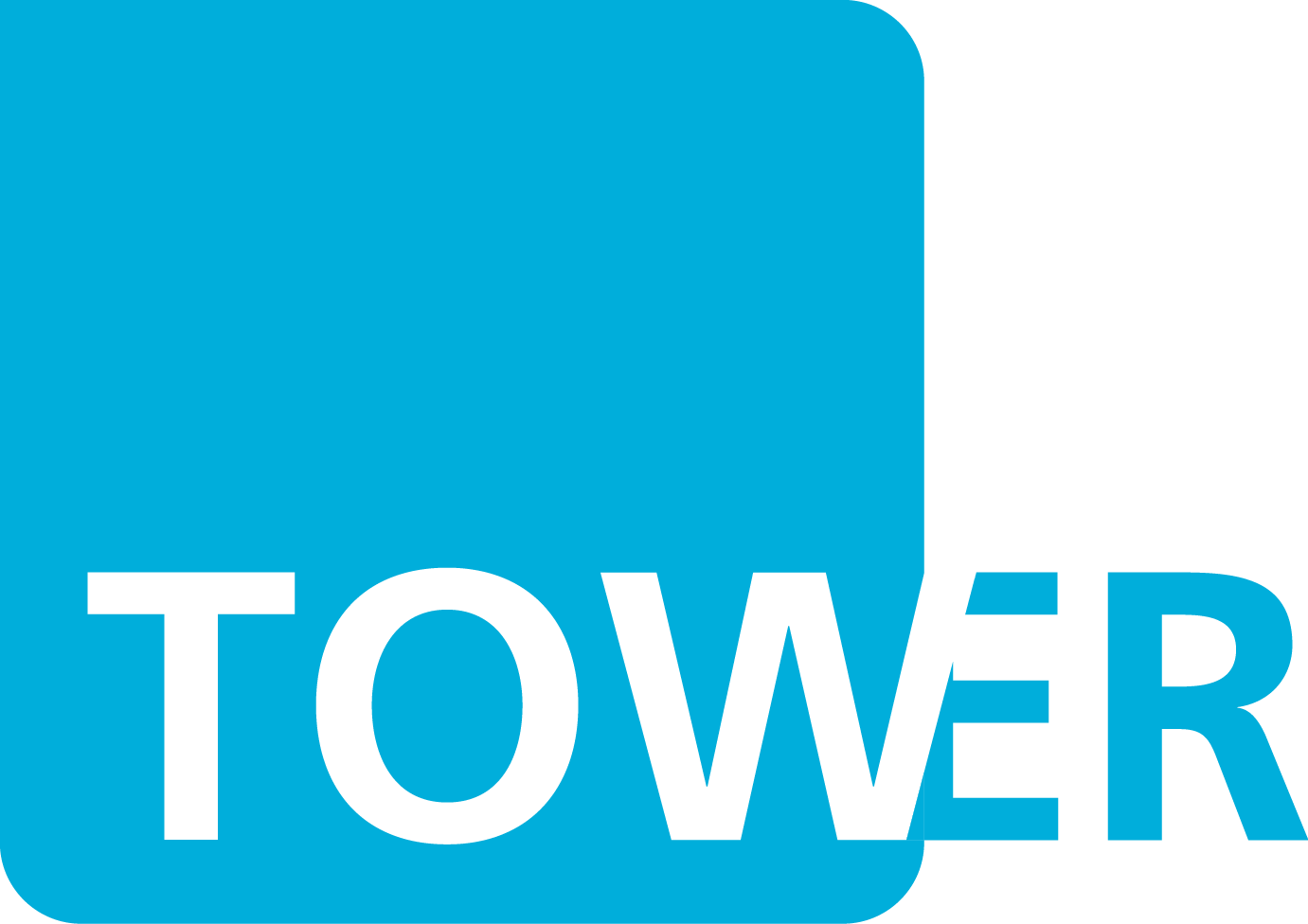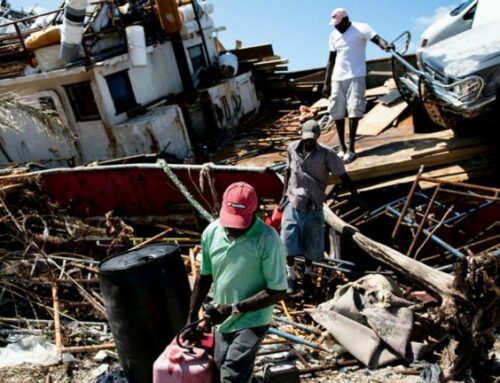In the age of digital media when news stories are broken live across the globe and around the clock on social networks such as Twitter and Facebook, a crisis can hit your brand hard and fast. We may not always be able to predict when a crisis is about to hit but we can be as prepared as possible by developing a PR crisis plan or even a simple set of guidelines for our teams to follow to ensure a smooth and timely response. The focus of your plan should be on how you will gain control of the situation and protect your brand’s reputation. It is important that all relevant members of your team are briefed on the plan and understand what role they will be expected to play, as well as what the immediate action points will be.
Here are a few do’s and don’ts to help you draft a PR crisis plan for your company:
- DO: Find out the facts and focus key messaging on them.
- DO: Tackle the issue head on with honesty and transparency.
- DO: Maintain a consistent message across all channels of communication.
- DON’T: Panic! Although a swift response is crucial, enough time must be taken to execute a well thought out response.
- DON’T: Pretend it isn’t happening. Burying your head in the sand will not make the issue go away. The conversation will carry on regardless so it’s important to take control and be a part of it.
- DON’T: Pass the buck or point the finger at others. Own your part in the situation and map out the next steps to show that you are in control.
A multi-channel approach should be taken when responding to a PR crisis and communicating with your customers and stakeholders. The following should all form a part of your crisis response plan:
- Identifying and training a spokesperson:
- A key part of any PR crisis response will be to take control of the conversation, demonstrate transparency and inform about the facts. It is important to identify and prepare a capable spokesperson to convey your message on behalf of the organisation. This person doesn’t necessarily need to be a CEO or head of the company but must be credible, well prepared and have the authority to represent your brand in the appropriate manner.
- Leveraging social media:
- Social media is a valuable tool for both monitoring online conversations and responding with your brand’s message in real time. An unfolding crisis can swiftly be addressed on social media by posting short statements of the facts in line with the key messaging of your overall response. Responding directly to criticism or negative comments on social media should be carefully considered as it can often stoke the flames and make a situation worse rather than better. It is crucial in the event of a crisis that social media communications are led or overseen by a senior member of the team to ensure full control of the situation and avoid potentially risky dialogue.
- Preparing a media release:
- Alongside social media, media releases are the best way to reach a large audience quickly. Statements should be kept short and factual, stating the company’s official position on the subject matter. Depending on how early you are able to identify an unfolding or upcoming crisis, you may want to have a few templates drafted in advance, based on each of the potential outcomes. This will aid in a swifter response but it is also important to remember to customise the response once you have all the facts. Your release should address the situation, identify the next steps and inform on how your company can be contacted for further information. Even if a crisis is unfolding, it is still a good idea to take the opportunity to make stakeholders and customers aware that you are monitoring the situation and are prepared for possible scenarios.
Of course, we all hope that the worst will never happen but if and when it does, the best case scenario for your brand is to have a well-prepared plan in place for a swift and well-managed response.





